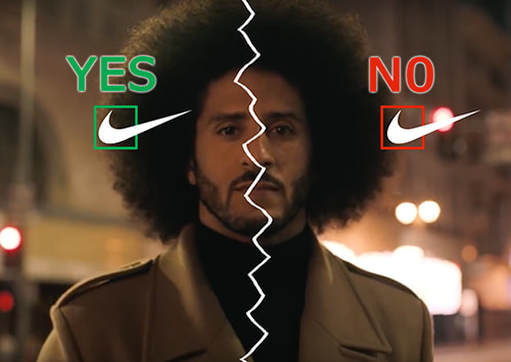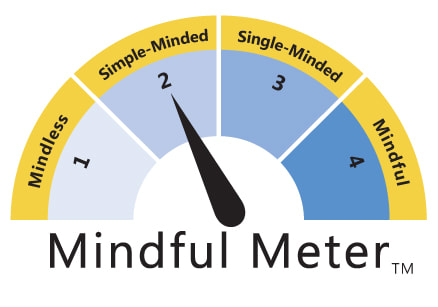You can count me among those who had no idea that axe throwing is now in vogue. However, like the return of plaid, the trend is becoming harder to miss, as axe throwing sites pop up in cities such as Austin, Baltimore, Denver, Detroit, and Philadelphia and as news media like USA Today, NBC, and the Washington Post cover the craze.
The name is self-explanatory, but what exactly does axe throwing involve? Participants hoist a 14-inch hatchet over their heads and chuck it at a piece of plywood 12-15 feet away. They earn points based on where their axe sticks in the target, e.g., outer ring, inner ring, bullseye, or blue dot (kill shot).
An axe throwing outing can last anywhere from 60 minutes to several hours, depending on who’s throwing and for what reason, for instance, an individual taking in some target practice or a team competing in a tournament league.
The cost of axe throwing also varies, but Backyard Axe Throwing League’s pricing offers a ballpark: about $20/hr. for walk-ins, $36 per person for parties, and $120 per player for eight-week leagues. The businesses usually supply the axes.
Are there really enough consumers willing to pay that kind of money to throw some hardware at some hard wood? Also, do many people have the physical strength and stamina to endure an evening of axe throwing? Apparently the answer to both questions is ‘Yes.’
First, axe throwing hits the sweet spot for American’s largest age demographic, Millennials, who value experiences (often the wilder the better) over things. These young people have a bad case of FOMO (fear of missing out). Also, many of them likely recognize their antisocial tendencies involving digital devices and want reasons to put them down so they can interact in person with real humans.
Such consumer desires have undoubtedly spurred the rapid spread of axe throwing and the success of businesses such as Bad Axe Throwing, Bury the Hatchet, and Generation Axe. Backyard Axe Throwing League, which began in 2006, now has over a dozen locations in the U.S. and Canada and claims to have served over a million people.
Second, as the growth suggests, axe throwing is not just for the big and burly. The axes are fairly light (usually less than 2 lbs.), so success depends more on proper form than brute strength. Women and men of all sizes can excel at the craft.
That sounds good, but isn’t axe throwing dangerous? After all, axes have been used for millennia to chop things, including people. Furthermore, many axe throwing establishments also serve alcohol, which seems like a precarious, if not perilous, combination.
Axe throwing businesses, however, suggest that the activity is completely safe, and they provide some convincing support for that claim. For instance, patrons at Bury the Hatchet receive a “safety briefing and training session before they are allowed to participate.” Like many others, this business also uses cordoned off throwing lanes that are “a cross between a batting cage and a bowling alley.”
Bad Axe Throwing, which claims to be “the biggest urban axe throwing club in the world” says that it has never had a single injury. Apparently that track record is due to safety protocol such as inspecting each axe before every event, making sure blades are sharp enough to stick in wood but not sharp to the touch, and requiring that participants “throw and retrieve their axes in sync with one another.”
Also, while not all axe throwing businesses serve alcohol, for those that do, intoxication doesn’t seem to be an issue. Maybe it’s because people go to these places to throw first and drink second, so their desire to perform well acts a restraint on their drinking.
Meanwhile, axe throwing establishments claim some tangible benefits, namely exercise (a person can get a good workout throwing axes as well as bending to pick them up) and relationship building (fewer things bond people together more than competition and/or shared embarrassment). Bury the Hatchet also says that participants can experience stress relief and get an ego boost, as social media contacts can’t help but like pictures and videos of their friends throwing axes.
Despite these benefits, some may suggest that spending a few hours hurling hatchets is a waste of time and money. Of course, we don’t all have the same tastes in recreation. For some it’s an opera and for others it’s a minor league baseball game that refreshes the mind and reenergizes the spirit. Still, for others it’s axes.
It’s hard to say how long axe throwing will remain the rage, but many more people will likely channel their inner lumberjack and experience the primal trend. Voice assistants and virtual reality may make it seem risky and passé, but axe throwing for fun is “Mindful Marketing.”
Learn more about the Mindful Matrix and Mindful Meter.
Check out Mindful Marketing Ads and Vote your Mind!







 RSS Feed
RSS Feed